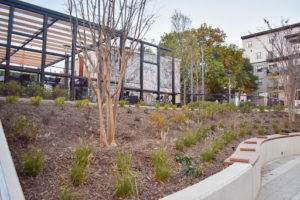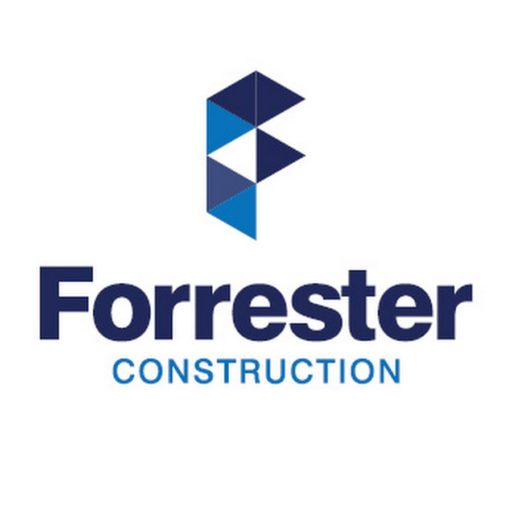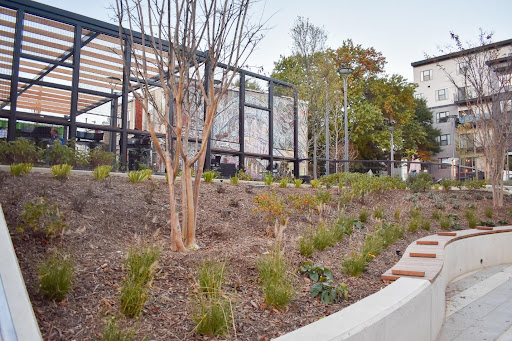Finding the right materials for your construction project is extremely important. Beginning a construction project requires detailed planning and collaboration to set the job up for long-term success, including planning and coordinating materials. The planning phase lays the foundation for the project and determines what materials need to be procured for its completion.
Sourcing building materials is a significant part of the planning process, as it identifies budget requirements, specialized professionals needed, equipment necessary to complete the project, and more. Before finalizing the schedule and budget, the construction team must determine what materials can be purchased and installed to complete the project safely, at a high quality, that will meet the specifications and as the design intended. Below are some of the most important factors to consider when deciding what materials to use.
Overall Design and Quality
The overall design intent is one of the most important factors that must be considered when choosing a material. Many drawings have either specifically noted materials or specifications that the materials must meet. A general contractor must ensure the materials that are procured and installed meet the specifications of the drawings.
While saving money on materials is generally ideal – some clients want high-quality finishes and materials. It is important to know your architect’s detailed specifications, design intent, and your client’s overall vision when choosing what materials will be installed.
Cost Of Materials
Cost is one of the other factors that most clients, architects, and general contractors consider when choosing and approving materials. Teams should look at and compare several options for each material. It may be tempting to go with more affordable options for products and materials to keep the overall budget low.
However, it is crucial to research:
- The quality of the product
- Its longevity
- The warranty, and
- Whether it will be capable of holding up over a comparable period
- and more.
While it may be cheaper now, the client may end up paying to replace or repair low-quality materials which would make it more costly in the long run. In many cases, spending more on materials in the beginning can prevent major costs from arising after the project has been completed.
While some materials may be more important to purchase at a higher price to ensure better quality, less significant parts of the scope could provide opportunities for cost savings. So long as the material meets the specifications, many cheaper materials can be utilized throughout the construction process to save costs in the overall budget.
Local Climate
When looking at potential materials, it is also vital to consider the general climate in the area and how the weather could impact the materials. Climate considerations should include:
- The average amount of rainfall
- The average amount of snowfall
- The frequency/duration of direct sunlight
- Extreme temperatures (hot or cold)
- Coastal Building, flood, wind and salt erosion
- The overall durability of the suggested material
These different factors could affect which of the options is the best possible building material, as the team will want to focus on finding materials that are proven to hold up in the area’s climate. Whenever possible, the building team should elect to install materials proven to last, even when impacted by things like extreme weather.
For example, if the climate in an area consists primarily of sunlight and dry weather, the focus should be on finding materials that can absorb the impact of the sunlight and won’t crack or break with extreme heat. More adaptable materials or materials made for the local climate will last longer and can reduce the potential risk of serious issues emerging after project completion.

Some materials can improve your overall design and the end user’s appreciation of the space. For example, specific trees and plantings were chosen for Swampoodle Terrace to help shade the sun-soaked area, including:
- Many trees along the perimeter of the park, including crape myrtles.
- A magnolia tree trained to grow up a trellis along the northern wall (also called a Magnolia Espalier).
- Vines and plants that can grow up on a vertical screen wall/fence.
Over time these trees will grow, bringing shade and greenery to the space.
Availability Of Materials
One factor that has been a pressing topic of discussion in recent years, and is still impacting the construction industry today, is the availability of materials. Supply chain issues have been affecting the cost of materials throughout the COVID-19 pandemic. And while the world is re-opening, restrictions are lifting, and people are meeting in person again, these material delays, shortages, and resultant high prices may not be gone just yet.
This is critical because a material’s availability significantly impacts a project’s timeline, and scarce materials could significantly impact the project’s completion. To help prevent availability issues, focus on sourcing materials that would be available on schedule and meet the requirements for the project. Additionally, look for materials that can be easily shipped to the project site, as less common or international materials may come with a longer delivery timeline.
Sustainability
There has been an increasing focus on sustainable building and more environmentally-friendly commercial construction. More and more companies are creating and utilizing sustainable, environmentally-friendly materials that can help reduce a project’s environmental impact.
Materials can be environmentally friendly in several ways, including:
- Reducing energy usage
- Being sourced locally or recycled
- Absorbing heat or stormwater
- and more.
Because of the increasing significance and interest in sustainable construction, utilizing sustainable materials will only become more common on most construction sites.
General Maintenance Needs
Exploring building materials with reasonable maintenance needs is also useful when looking for the ideal materials for your client. Materials that require minimal maintenance, keep their original look through weather conditions, and are easily repairable are generally the best options.
These low-maintenance materials save the building owners money by preserving their quality and consequently requiring minimal repair or replacement. In addition, these materials can reduce the risk of damage from snow, heavy rain, intense heat, or other weather-related problems. General maintenance needs that are not expensive or time-consuming will be highly advantageous to owners and can be highly beneficial in the long run.
Conclusion
There are many factors to consider when deciding what materials to choose for your construction project. The design, specifications, cost, climate, and more can affect whether a product will be a good fit for the project and the client long-term. It is critical to research the materials and fully understand the project scope, environment, and needs of the client in order to pick the optimal materials for your construction project.
Want to learn more about commercial construction? Check out more blog posts at www.forresterconstruction.net or https://www.forresterconstruction.org. Links to all blog posts can be found on http://www.forresterconstruction.com/blogs

